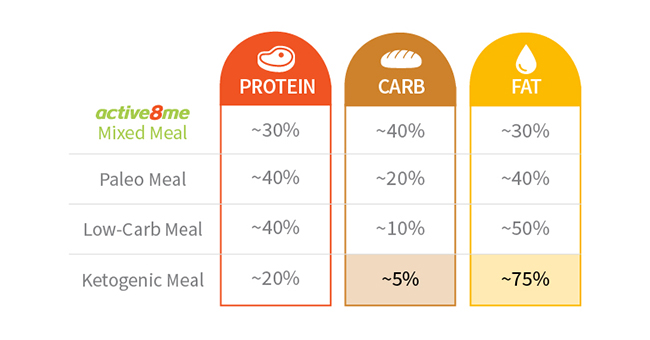


KETO NUTRITION PERCENTAGES HOW TO
How to Set Macros for a Ketogenic Diet Get adequate protein
KETO NUTRITION PERCENTAGES TRIAL
If you have a unique situation or prefer to skip the trial and error process, read over our coaching packages and get in touch with us to get started.

The outline below will give you a good idea on where to begin and how to adjust as you go forward. For this reason, we set a range of macros. More complex influences like sleep patters, stress levels, exposure to sunshine, past traumatic events, injuries, and daily lifestyle also play a role in determining our hunger and energy demands. Age, height, sex, weight, and activity levels are obvious factors. This is a common problem with online keto macro calculators – they don’t take into account many of the important variables. How do we get to that “magical” place of fat loss in combination with all day energy and stable emotions? How can we be sure to reap all the benefits of a ketogenic diet?įirst we must understand there is no one-size-fits-all prescription. Review this list here to learn what and what not to eat on a ketogenic diet. Our goals must be supported by the correct formulation of macronutrients. The most common ones being: fat loss, muscle gain, weight maintenance, and general health. People use a ketogenic diet for multiple goals. However, to break stalls, drop the last 10-15 stubborn pounds of fat, or optimize digestion and overall health, we recommend you learn how to track macros on keto. If you have a lot of body fat to lose, it is likely that you will see results by limiting carbs, eating keto foods and kicking the sugar out of your diet. Some individuals do well for a period of time without bothering to track specific macros. Simply multiply your target macros and add them together to tally up total calories. Each gram of protein and carb is 4 calories, each gram of fat is 9 calories, thus by tracking macros you are in effect tracking calories. Tracking macronutrients is a much more precise way of “counting calories”.


 0 kommentar(er)
0 kommentar(er)
